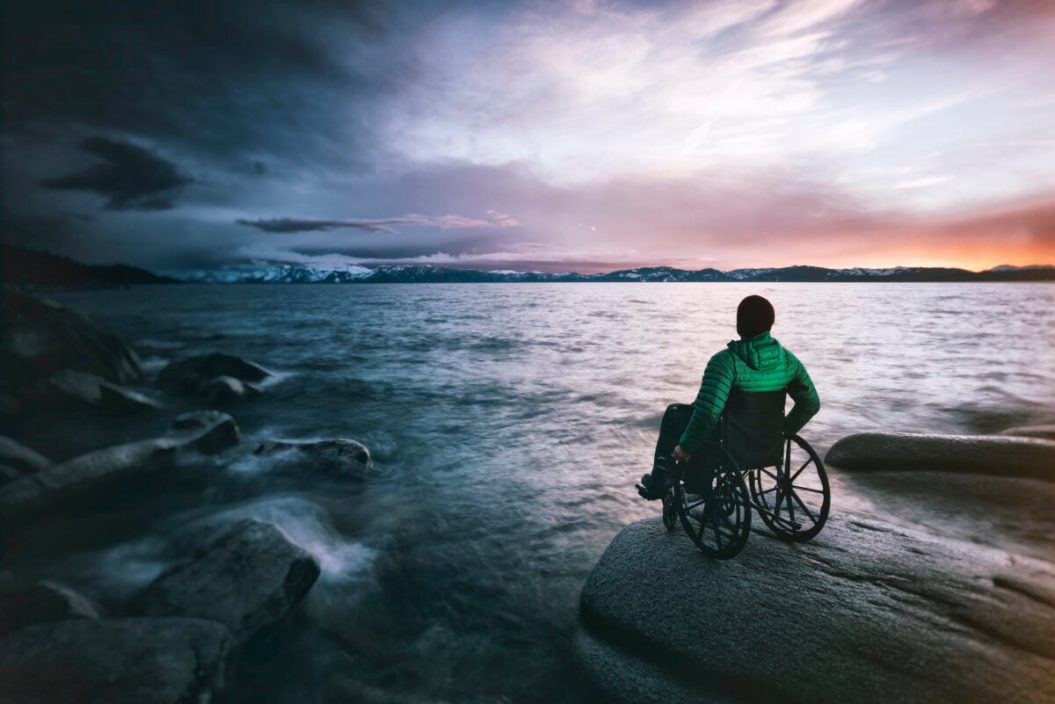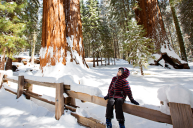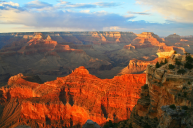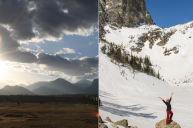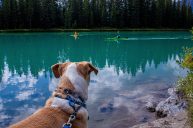We visit national parks to take in the sites at the most epic and iconic viewpoints. But if you think being in a wheelchair means you can't glimpse the good stuff, think again: The National Park Service has a few lesser-known features and services at certain national parks for better wheelchair access, including not only paved walkways but also specialized all-terrain wheelchairs visitors can use to go off-road.
"Nearly 20% of the population has a disability, which means that millions of visitors could face barriers if the NPS does not ensure access and provide equal opportunity to benefit from our facilities, programs, services, and activities," the manager of the National Park Service Park Accessibility for Visitors and Employees (PAVE) Program, Jeremy Buzzell, told Wide Open Spaces.
Although there is no main database that lists which parks provide mobility devices, many do offer something helpful for their localized terrain.
View this post on Instagram
For example, some parks with beaches, such as Golden Gate National Recreation Area and Cumberland Island National Seashore, have beach wheelchairs to loan to visitors. Similarly, many parks, like Wright Brothers Memorial, have wheelchairs you can use in the visitors center. Others, like Sleeping Bear Dunes National Lakeshore, have partnerships with external organizations that bring in adaptive equipment, such as all-terrain mobility devices.
And it's not just folks in a wheelchair: "Accessibility means something very different to a person who is in a wheelchair than to a person who is blind, but the National Park Service welcomes all visitors," Buzzell said, adding that they also offer sign language interpertors at some locations with advanced notice, and have braille on many informational plaques in parks.

Getty
Buzzell also highlighted that anyone with a permanent disability is eligible for the Access Pass which gives you lifetime admittance to 2,000-plus recreation sites—for free.
Then, how you go about checking out the equipment varies by park. But for the most part, visitors can use or rent wheelchairs but the park staff does not assist with the use of equipment (despite how their Instagram post may seem).
You can check out each park's website or, better yet, call the park directly to find out the availability of adaptive equipment or adaptive park offerings like sign language interpreters or audio options for hearing or visual impairments (the latter usually requires at least a few weeks notice).
As a place to start, check out these parks with the best wheelchair-friendly and other adaptive offerings for people with hearing or vision impairments.
1. Badlands National Park

Getty Images, Lynnae_Lowe
South Dakota's Badlands National Park is the most wheelchair-friendly national park in the United States, according to an informal study from Aging In Place. The Ben Reifel Visitor Center and White River Visitor Center are both accessible to wheelchair users and provide ramped entrances, reserved parking, and accessible restrooms. The visitor center also has a tactile experience, where visitors can touch and hold a selection of fossils and rocks. To accommodate the hearing-impaired, the introductory park film is open captioned for those with hearing impairments and listening devices are available.
There are three wheelchair-accessible trails in the park which account for more than 17% of the park's total trails. Even beyond the trail system, 92.3% of the park's restaurants are wheelchair accessible.
2. Grand Canyon National Park
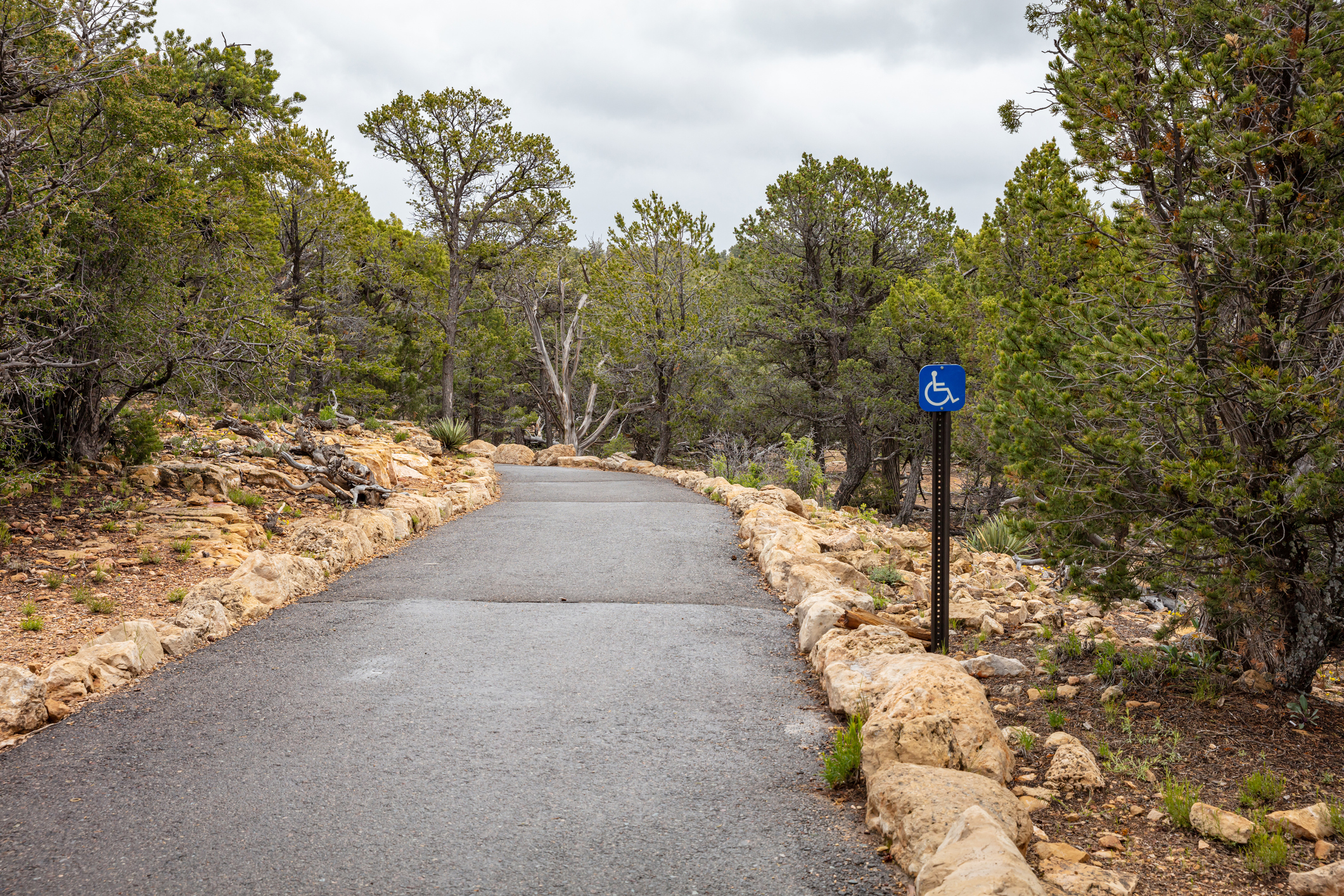
Rawlf8/Getty
You'll be happy to know the park on everyone's bucket list, Arizona's Grand Canyon National Park, is the second most-accessible national park. It has two-dozen wheelchair-friendly trails which add up to 10.5% of its total trails, according to the same study. In addition, 95.7% of Grand Canyon's restaurants are wheelchair accessible.
Most of the parks' Interpretive Ranger Programs are also wheelchair accessible. What's more, a Scenic Drive Accessibility Permit, available at the visitor center and entrance gates, allows entry for visitors with mobility issues access to some areas closed to public traffic.
3. Yellowstone National Park
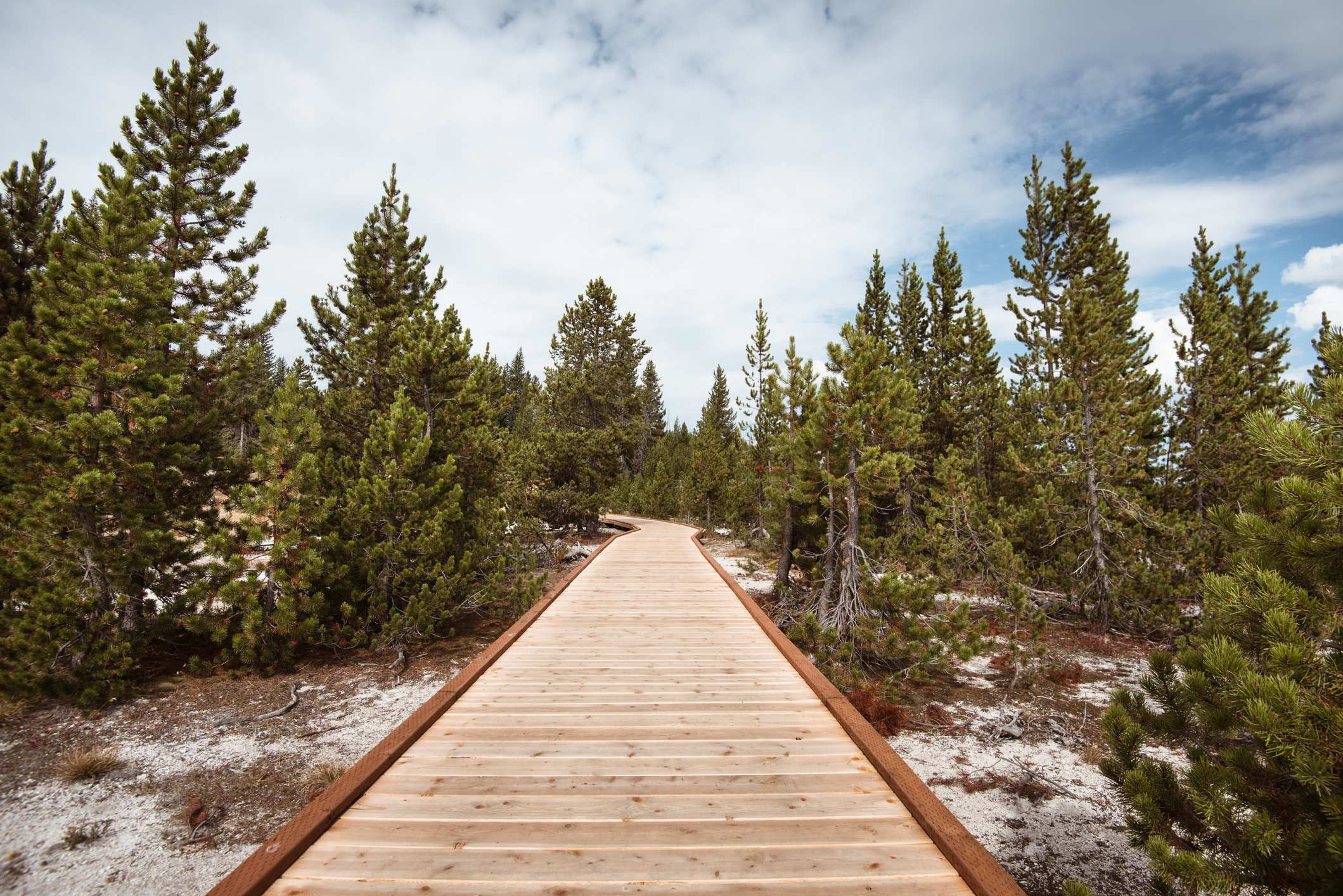
frankreporter/Getty
Yellowstone has 16 wheelchair accessible trails, more than any other park, but because the park is so enormous, that only accounts for 5.9% of all its trails. It is a rockstar park for accessibility though—96.3% of its restaurants are able to accommodate wheelchairs.
Sign language interpreters are available for ranger programs, but do require three weeks' notice, so contact the park ahead of time.
Large print and braille versions of the official Yellowstone map and guide are available and films shown at the Canyon and Old Faithful visitor centers are both captioned and include assistive listening devices.
Yellowstone is still committed to continuing to make the park even more accessible for everyone that wants to visit.
